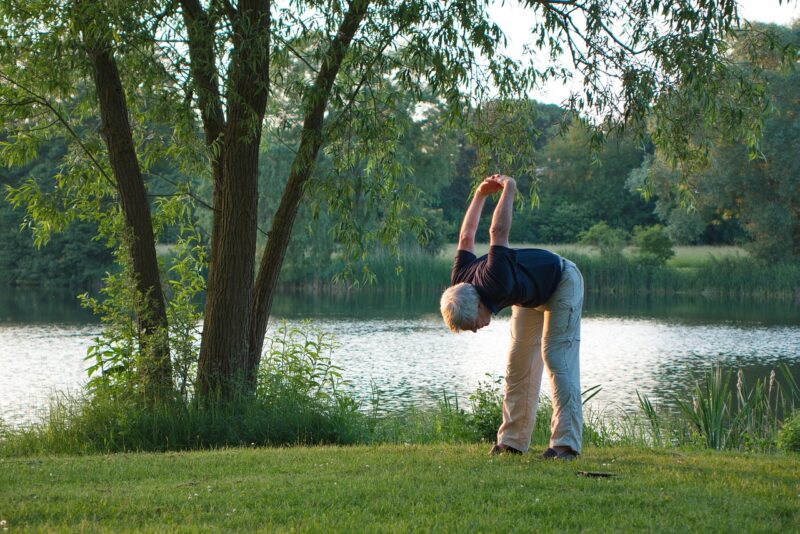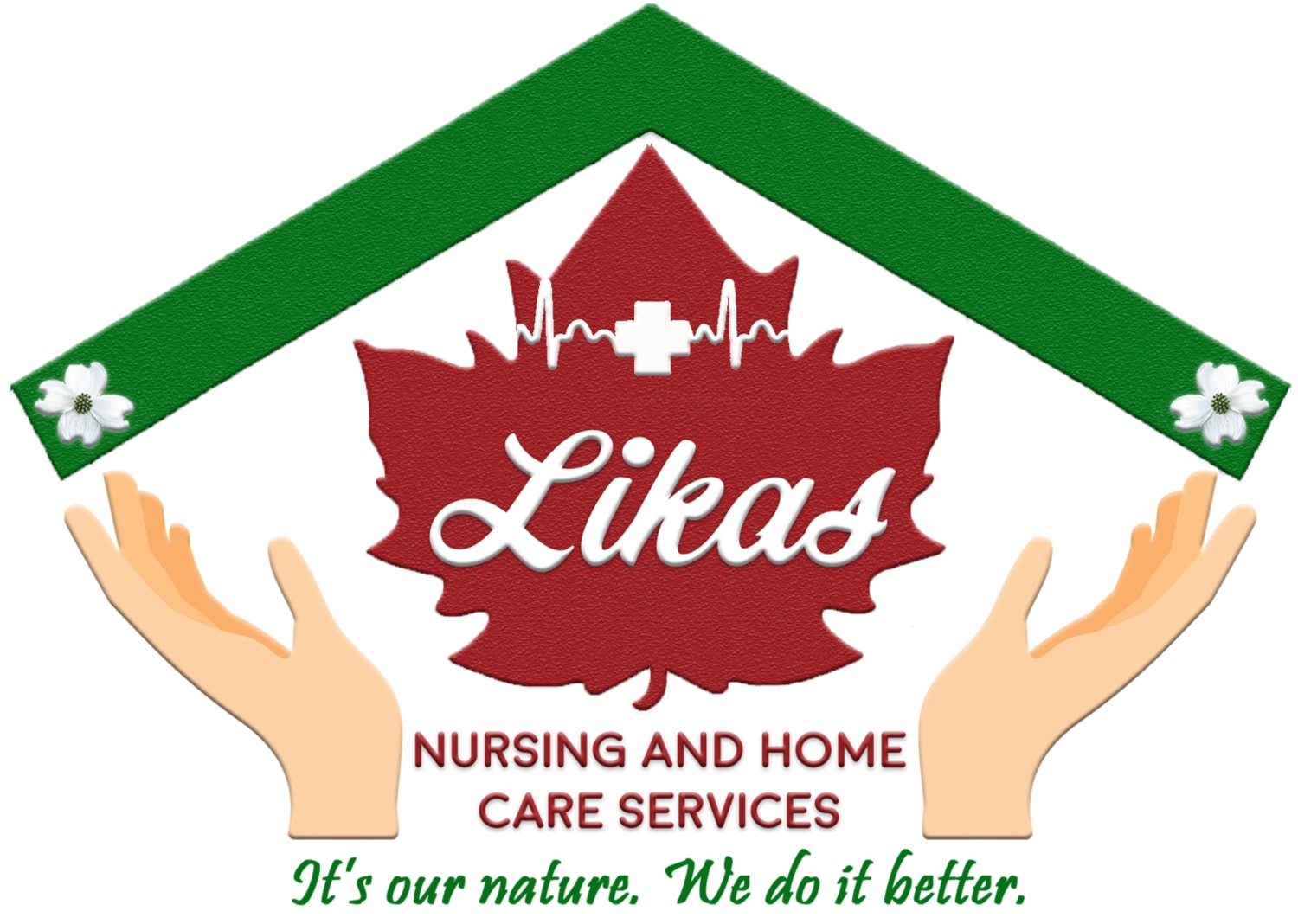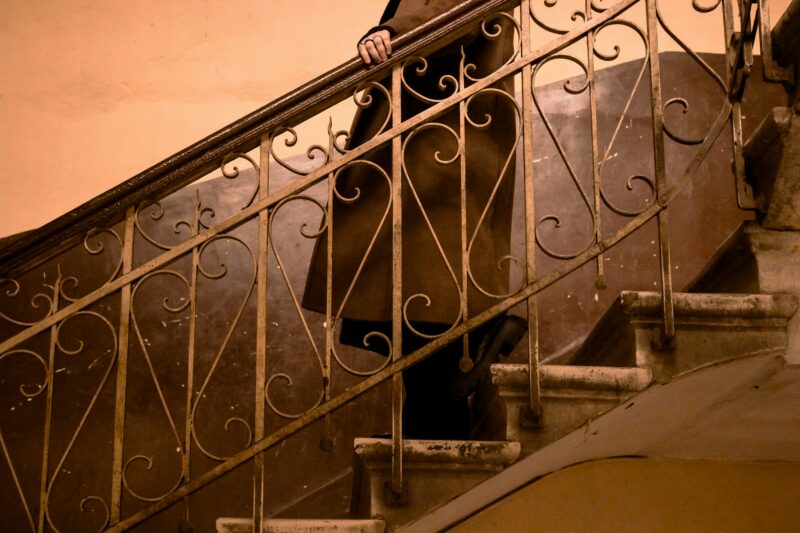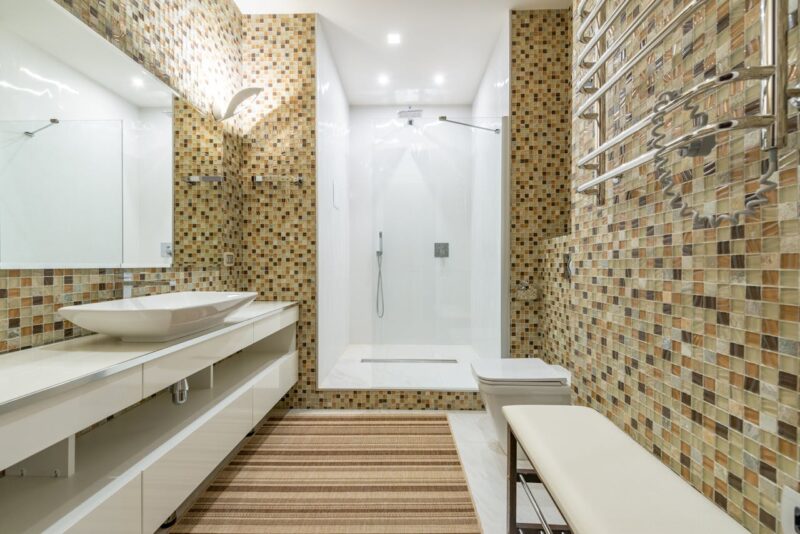
Long-awaited spring is finally here!
Spring heralds new hope, its warmth and sunshine a welcome experience from the cold and drear. If you have mostly stayed at home during winter, watching television or reading books by the fire, now is the time to get yourself moving and enjoy the outdoors.
Exercise may seem daunting at first, especially if you haven’t had an active lifestyle. Also, age can make physical activities difficult; this is in part due to decreased elasticity of your joints, causing pain and stiffness (as in osteoarthritis). However, exercise has many health benefits even for people over 50 years old, even if (and perhaps more so) you have chronic health conditions. Some of the advantages of exercise are:
Better cardiovascular health and metabolism
Improved mood and self-confidence
Sharper brain acuity
Increased mobility and flexibility
Stronger immune system
More energy
Take note that, for your safety and peace of mind, it is recommended for you to consult your physician before starting any new exercise regimen. If you’re given the go-signal, then it’s time to break a sweat.
You need not have a gym membership or fancy equipment to start an exercise regimen. You need only yourself and your motivation to bust some moves! Whether at home or outdoors, here are some exercises you can start with.
Strength training exercises
Strength training exercises build muscle strength in major muscle groups by exerting resistance against themselves. This is usually done with weights and repetitions. You may think that these types of workouts are only for bodybuilders, but that is far from true! When done consistently, strength training exercises can help you in your daily activities, such as walking up and down stairs. Chair squats and wall pushups are great starter exercises to build lower and upper body strength, respectively.
Aerobic exercises
Aerobic exercises are those that get the heart pumping. They’re important because they help burn calories, lower blood pressure and cholesterol levels, and improve heart health. Aerobic exercises may have to be taken with caution in elderly and in frail individuals, as there is a target heart rate to be maintained and excessive weight-bearing may not be recommended in those with joint and bone diseases (e.g. osteoporosis). It is recommended that seniors who are age 65 and older get at least 2.5 hours of moderate (e.g. brisk walking) or 1.25 hours of vigorous (e.g. jogging) aerobic exercise every week.
If non-weight bearing exercises are to be implemented, seated cardio routines for jumping jacks and boxer punches, for example, can be done. Swimming, cycling, and rowing activities are additional non-weight bearing alternatives.
Flexibility
It can be easy to take for granted flexibility exercises, such as stretching slowly and properly before and after any workout. However, doing so prevents tight and sore muscles and also improves posture. Some exercises include, from head to toe: chin drops, arm openers, hula hoops, and quad pulls.
Balance
Lastly, time must be made for balance exercises. This is important to minimize the risk of falls, which is one of the leading causes of emergency room visits by the elderly and which may result in fractures and disability. Balance exercises are also necessary during the recovery period after a fall. Examples of balance exercises include standing on one leg while holding on to a chair for support, and lifting toes up as if striking a ballerina pose.
How we can help
At Likas Nursing and Home Care, we can help meet the objectives you have set for your exercise regimen, supervising and accompanying you during workouts, whether indoors or outdoors. We can also support you throughout visits with your physician, physiotherapist, and/or fitness trainer.
Contact us via this form, via email at likasnhcare@gmail.com, or via phone at 778-772-8026 or 604-754-8781. We offer a free first consultation and will work with you to provide for your needs.



